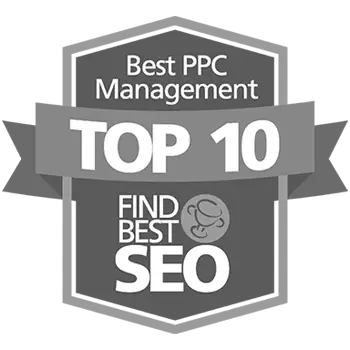While Google does not share its search volume data publicly, professional estimates suggest that nearly 63,000 searches are performed every second. Why is this important? For your name and brand to appear in any of these searches, you are going to have to optimize your website as well as your digital footprint.
Whether you are an entrepreneur looking to build your business or someone simply interested in extending their social media reach, there are a few things you need to understand.
Today, we are going to be discussing backlinks, their place on your website, and how many you should add to ensure proper results.
What Are Website Backlinks?
Backlinks are relatively simple but can be much more difficult to implement. A backlink is simply an inbound link that directs traffic from a third party to your website. Backlinks are a vital aspect of search engine optimization (SEO), but that doesn’t mean you can simply spam them everywhere while expecting positive results. Consider a good backlink as something similar to a citation, a reference that improves the quality of the focus website.
As it turns out, incorporating backlinks into your marketing strategy will require research beforehand.
How Many Backlinks Do I Need?
“It depends.” Here is why…
Backlinks range in quality because not all backlinks are made the same. There are a few ways to ensure that you are maximizing the value of the backlinks in your sphere, so let’s go ahead and outline how to do so now. With these tips by your side, you should be able to develop a winning backlink strategy to guide traffic to your homepage.
- Assess Your Competition – First and foremost, let’s do some market research on potential competition. Pick your target keyword and assess how many backlinks your top competitors have for that KW. Rank the top 10 pages while dropping off the highest and lowest number. The remaining backlinks should be averaged out to a number that you can target. If your average competitor has six backlinks, then six is your target.
- Judge the Quality of Backlinks – While we can start by focusing on the total number of backlinks, we should prioritize quality above all else. One great backlink can be worth more than 100 low-level backlinks, so forget the numbers game when quality presents itself. There are a few ways to gauge whether a backlink is of high or low quality: relevancy of source-created traffic, authoritative website, not reciprocal, and location in content.
- High Editorial Standards – Google’s search algorithm is loathing to reward low-quality content, so forget about churning out 100s of trash links to build your brand or digital footprint. Instead, focus on heightened editorial standards when landing new backlinks. Seek out the kinds of websites that have high editorial standards, minimal backlinks, and high levels of authoritative content.
Backlink Strategies to Avoid
All traffic is not good traffic on the internet’s best search engines. Instead of embracing every backlink opportunity, consider the following areas of caution when developing your branding and backlink strategy.
- Avoid Public Networks – Public link networks act like the wearings of yesteryear, offering people the chance to connect websites in a free and public database. While this may sound nice, it isn’t organic, and Google doesn’t like rewarding them. Avoid public networks and avoid any potential negative outcomes associated with them.
- Don’t Pay For Backlinks – Organic backlinks are the ideal way to build your brand and content platform, but that isn’t always easy to come by. Don’t succumb to paying for backlinks to be placed on websites. Bought-and-paid-for backlinks don’t reward you on the algorithm.
- Skip Irrelevant Links – For backlinks to be high-quality, they must be relevant to the source material. Avoid backlinks from places that have nothing to do with your work. The backlinks will look desperate, spammy, and ineffective. Don’t become a snob regarding backlink locations, but be selective when you can.
Take Control of Your SEO
While all of the focus is on backlinks, there are more types of links. For instance, external links (i.e., source citations) and internal links (I.e., linking content on your website). It takes an experienced SEO Agency to understand how to integrate these different link types into your SEO strategy. Unfortunately, the cost of overfocusing on backlinks and therefore getting spammy backlinks could equate to not only a waste of money but also poor results (double whammy). If you want your SEO done right, contact us for a Free SEO Audit.












